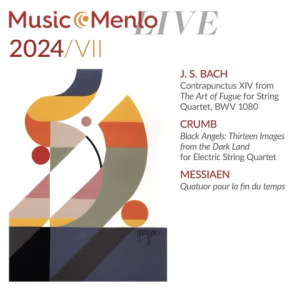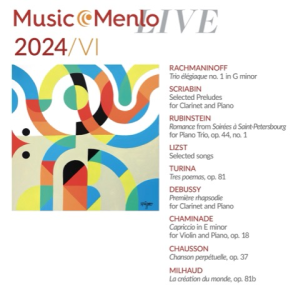The UBC School of Music invites applications for a full-time, limited-term position in Music Composition (Music Technology) – non-tenure track. The anticipated start date will be September 1, 2026. This is a one-year position as Assistant Professor Without Review (i.e., non-tenure track), renewable for a maximum of two times, subject to the availability of funds and demonstration of excellence in research, teaching, and service.
We seek an accomplished and versatile composer-researcher specializing in music technology. Applicants must have a Ph.D. or DMA degree in Music Composition. Qualified candidates should also have a demonstrated record of research accomplishment, including high-level national and international performances and documented success of research grants, university-level teaching (of acoustic and electroacoustic music composition) and graduate supervision, as well as a commitment to advancing diversity, equity, and inclusion. Duties will include individual undergraduate and graduate composition lessons; teaching courses (which may include “Introduction to Music Technology,” “Electroacoustic Music,” “Computer Music,” and “Interactive Performance Systems”); supervision of masters and doctoral students, running and maintaining the Music Technology Lab, serving as Coordinator of the Applied Music Technology minor, other service on School and University committees, and active and ongoing performance/research activities consistent with successful teaching and productive service.
The UBC School of Music offers a full range of undergraduate and graduate programs in music, including M.Mus., M.A., DMA, and Ph.D. programs. For information about the School, visit
music.ubc.ca
Applications and all supporting materials should be received by November 21, 2025
Applicants should be prepared to provide:
- letter of application that includes the names and contact information (incl. institutional affiliation, address, e-mail address) of three referees;\
- curriculum vitae; \
- a statement of major research accomplishments, and current and future research;
- a statement of teaching/pedagogy philosophy; and a concise record of teaching experience, including evidence of teaching effectiveness >(e.g., evaluations and sample syllabi);
- a statement addressing experience working with a diverse student body as well as past and potential contributions to creating/advancing a culture of equity and inclusion.
Referees for the candidates on the long list will be contacted to provide confidential reference letters. Long-listed candidates will be asked to provide samples of their compositions, including links to recordings and scores, and other relevant documented professional experiences. The expected pay range for this position is $8,333/month – $9,167/month; salary will be commensurate with qualifications and experience. This position is subject to final budgetary approval.
The University is committed to creating and maintaining an accessible work environment for all members of its workforce. Within this hiring process we will make efforts to create an accessible process for all candidates (including but not limited to disabled people). If you have any questions regarding accommodations or accessibility during the recruitment and hiring process or for more information and support, please visit UBC’s Centre for Workplace Accessibility website
The UBC – Vancouver Campus is located on the traditional, ancestral, and unceded territory of the hən̓q̓əmin̓əm̓-speaking Musqueam people. Equity and diversity are essential to academic excellence. An open and diverse community fosters the inclusion of voices that have been underrepresented or discouraged. We encourage applications from members of groups that have been marginalized on any grounds enumerated under the B.C. Human Rights Code, including sex, sexual orientation, gender identity or expression, racialization, disability, political belief, religion, marital or family status, age, and/or status as a First Nation, Métis, Inuit, or Indigenous person. All qualified candidates are encouraged to apply; however, Canadians and permanent residents will be given priority.
Deadline for applications: Friday November 21, 2025
Posting date: Monday October 20, 2025







